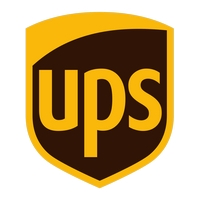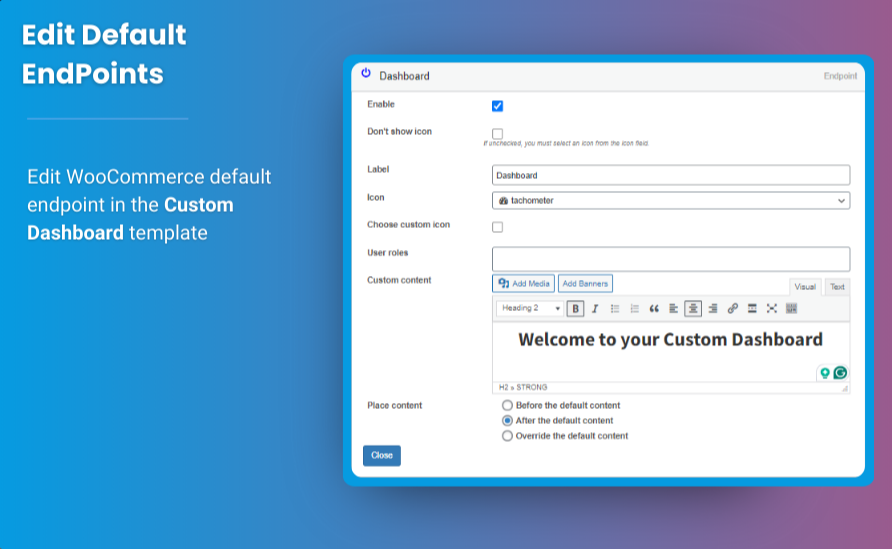UPS (United Parcel Service) is one of the largest and most trusted courier companies in the world, providing reliable shipping and delivery services for individuals and businesses alike. One of the key features of UPS tracking system, which allows customers to monitor their packages in real time. However, like any system, there are occasional discrepancies and issues that can arise, leading to questions about the accuracy of UPS tracking.
In this blog post, we’ll dive into how UPS tracking works, factors that can affect its accuracy, and how to ensure you’re getting the most reliable tracking information.
How Does UPS Tracking Work?
UPS tracking works by assigning a unique tracking number to each parcel. This tracking number is associated with the package as it moves through UPS’s logistics network. The system captures information about the package at various points during transit, including when it’s picked up, processed, and delivered. These updates are then made available to customers through the UPS website, mobile app, or other tracking services.
Once a package enters the UPS system, it is scanned at various checkpoints, including sorting facilities, transit hubs, and delivery vehicles. These scans provide real-time updates about the package’s location and estimated delivery time. Customers can track the status of their package using the tracking number, receiving notifications about key milestones along the way.
UPS also provides “UPS My Choice,” a service that gives customers more detailed insights into their packages and allows them to set preferences for delivery. This feature provides additional control over the shipment, including the ability to reschedule deliveries or change the delivery address.
Factors That Affect UPS Tracking Accuracy
While UPS tracking is generally very reliable, there are certain factors that can cause discrepancies in the information you see. These issues don’t necessarily mean that the system is incorrect, but they can lead to confusion or frustration. Here are a few reasons why UPS tracking may not always be entirely accurate:
-
Scanning Delays
One of the most common reasons for inaccuracies in UPS tracking is a delay in scanning. UPS relies on scanning technology to update the status of a package at various points in the delivery process. However, these scans may not happen immediately. For example, a package could arrive at a sorting facility but not be scanned into the system until it’s about to be shipped out again. This can result in tracking information that appears outdated or incomplete. -
Package Routing
Sometimes packages are rerouted due to weather delays, road closures, or logistical issues. While the system will eventually reflect these changes, there can be a delay in updating tracking information. For instance, if a package is temporarily held in a warehouse due to an unexpected delay, the tracking information may not update until the issue is resolved, leaving customers confused about the package’s current location. -
Incorrect Scans
Human error or technical glitches can occasionally cause incorrect scans. This might happen if the wrong package is scanned, or a scan is missed entirely. In rare cases, packages can be scanned at the wrong location, giving the appearance that they’re somewhere they aren’t. This can cause tracking information to seem inconsistent or inaccurate. -
Out for Delivery
UPS tracking often states that a package is “Out for Delivery” when it is actually still in transit. This happens when the package has been assigned to a delivery driver, but they haven’t yet reached the delivery location. While this information can seem misleading, it is typically updated later in the day once the package has actually been delivered. -
Weather and Unexpected Delays
Natural disasters, extreme weather, and other unforeseen circumstances can sometimes delay the transportation of packages. While UPS strives to keep its tracking system updated in real-time, these types of disruptions can occasionally result in lags in the system or updates that don’t match the actual status of a package. -
Multiple Legs of a Journey
In the case of international shipments or long-distance deliveries, packages often go through multiple hubs or transit centers. If a package is being moved between countries or regions, it may not be scanned at each transition point, which could result in gaps or inaccuracies in the tracking information.
How to Improve UPS Tracking Accuracy
While UPS tracking is designed to be accurate, there are a few things you can do to ensure that you’re getting the most reliable information:
-
Use UPS My Choice
If you’re a frequent shipper or receiver, consider signing up for UPS My Choice. This service offers more control over deliveries and provides you with detailed tracking information. You’ll receive email or mobile notifications about your package’s progress, which can help ensure you’re aware of any delays or issues as soon as they occur. -
Track Regularly
While UPS tracking is generally up-to-date, it’s a good idea to check your tracking number regularly, especially if you’re expecting a time-sensitive delivery. If there’s a delay in updating the tracking information, repeated checks may reveal updates sooner than if you only track once or twice. -
Contact UPS Customer Service
If you notice that your package is stuck in one location or there’s an unusual delay, reach out to UPS customer service. They can provide additional details about the package’s status and help troubleshoot any issues with the tracking system. -
Wait for Updates
Sometimes, tracking information will appear to be incorrect or outdated, but if the package is still within the estimated delivery window, it’s often just a matter of waiting for the system to catch up. UPS is usually quick to update tracking information once the next scan happens. -
Verify the Address
Double-check that the address provided for the package is correct. An incorrect address can sometimes cause delays or confusion, especially if the driver has trouble locating the destination. UPS may also experience difficulty updating tracking information if there’s an issue with the address.
When Should You Be Concerned?
Most tracking discrepancies can be explained by one of the factors listed above, but there are some situations where you should reach out to UPS for more information. These include:
- If the package shows as “Delivered” but you have not received it.
- If the tracking information has not updated for several days, even if you’re within the estimated delivery window.
- If the tracking information consistently shows a location that does not match the expected delivery route or destination.
In these cases, contacting UPS customer service is the best course of action to resolve the issue and get more clarity.
Conclusion
While no tracking system is perfect, FedEx tracking generally provides accurate and reliable tracking information for its customers. In most cases, discrepancies or delays in tracking can be attributed to factors such as scanning delays, weather, or technical glitches. By understanding how the system works and what factors can affect tracking accuracy, you can better manage your expectations and ensure a smooth delivery experience. If in doubt, using services like UPS My Choice or contacting UPS customer service can provide the assistance you need to stay informed about your shipment.




